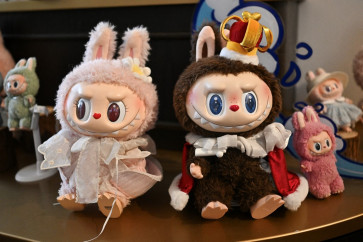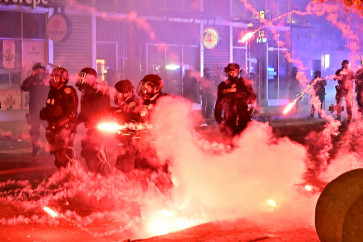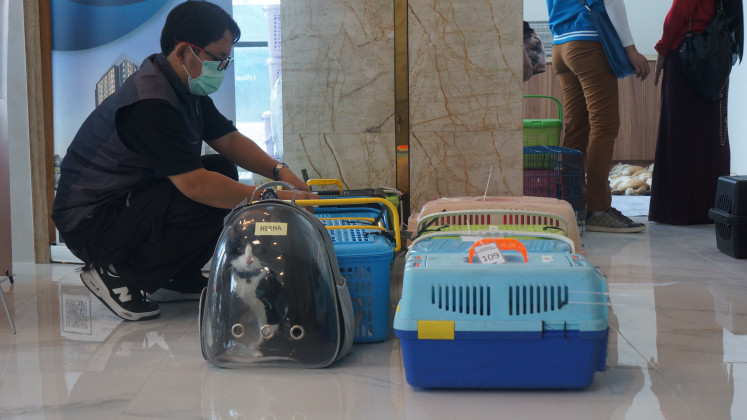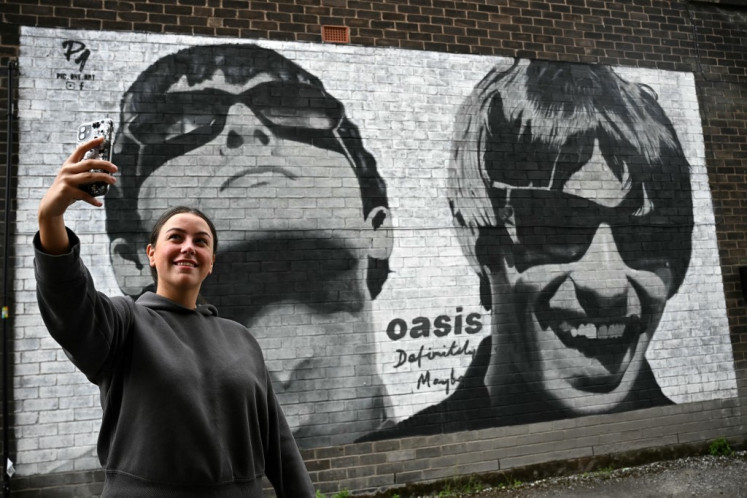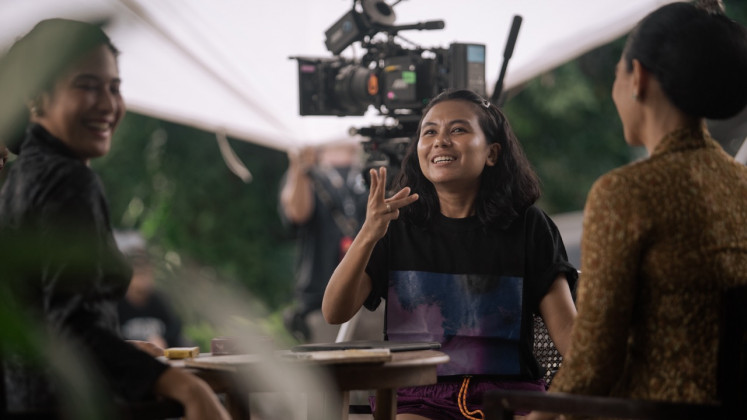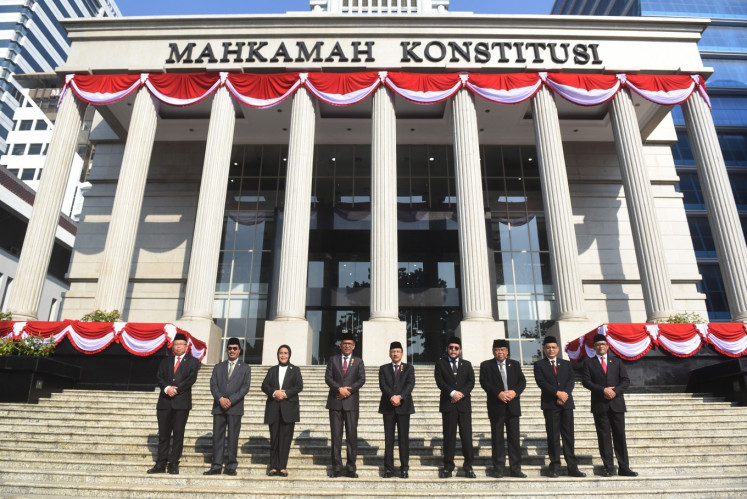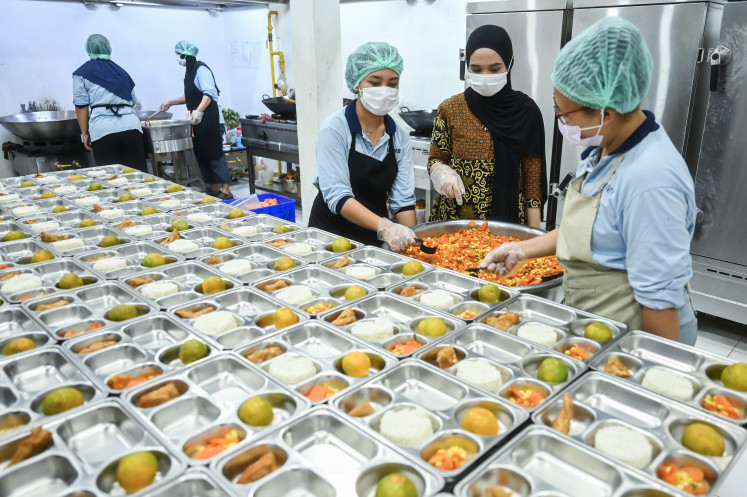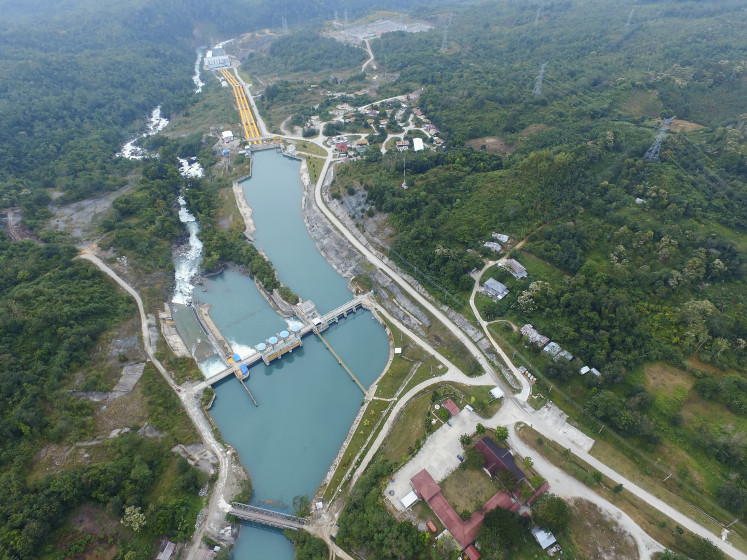Popular Reads
Top Results
Can't find what you're looking for?
View all search resultsPopular Reads
Top Results
Can't find what you're looking for?
View all search resultsTraditional fabrics get new exposure
Indonesia Fashion Week 2017 has ended with a big applause for the effort of fashion people in raising the bar for the local industry, making a breakthrough in developing traditional fabrics into modern, yet close to the ground, fashion wear.
Change text size
Gift Premium Articles
to Anyone
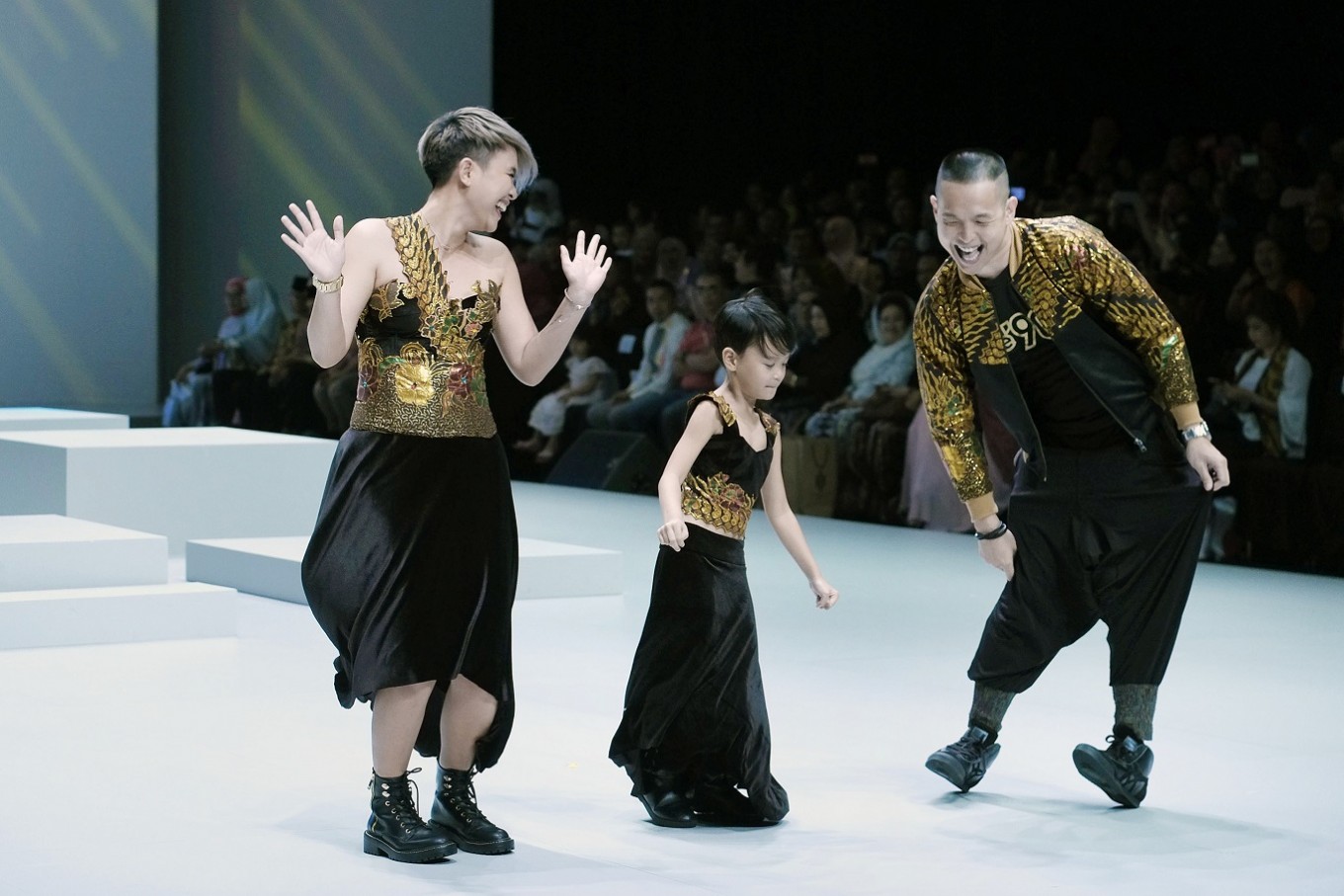 House of Ari Welas (JP/Jerry Adiguna)
House of Ari Welas (JP/Jerry Adiguna)
T
hemed “Celebrations of Culture,” for the first time in six years the annual event integrated fashion and tourism as the drive for the creative economy.
As the flagship event of the Indonesian Fashion Designer and Fashion Entrepreneur’s Association (APPMI), it showcased not only the members’ creativity in the exposure of traditional fabrics but empowered local artisans as well.
“Our focus is on traditional woven fabric this year,” said designer Ivan Gunawan, the creative director of the event held at the Jakarta Convention Center in Senayan, Central Jakarta, from Feb 1 to 5. “We are setting a trend that is inspired from the eastern part of Indonesia.”
On the second day of the event, local bag producer Warnatasku, which combined leather with traditional fabric, sponsored a show titled “Pesona Mutiara Maumere” (The Enchanting Pearl of Maumere). Six designers — Irwansyah Mecs, Kunce Manduapessy, Verlita Evelyn, Dana Duryatna, Nita Seno Adji and Yoyo Prasetyo — presented their creations using the Maumere woven cloth of Papua as the main material and inspiration.
Read also: Maumere pearl meets Gorontalo 'karawo' at Indonesia Fashion Week
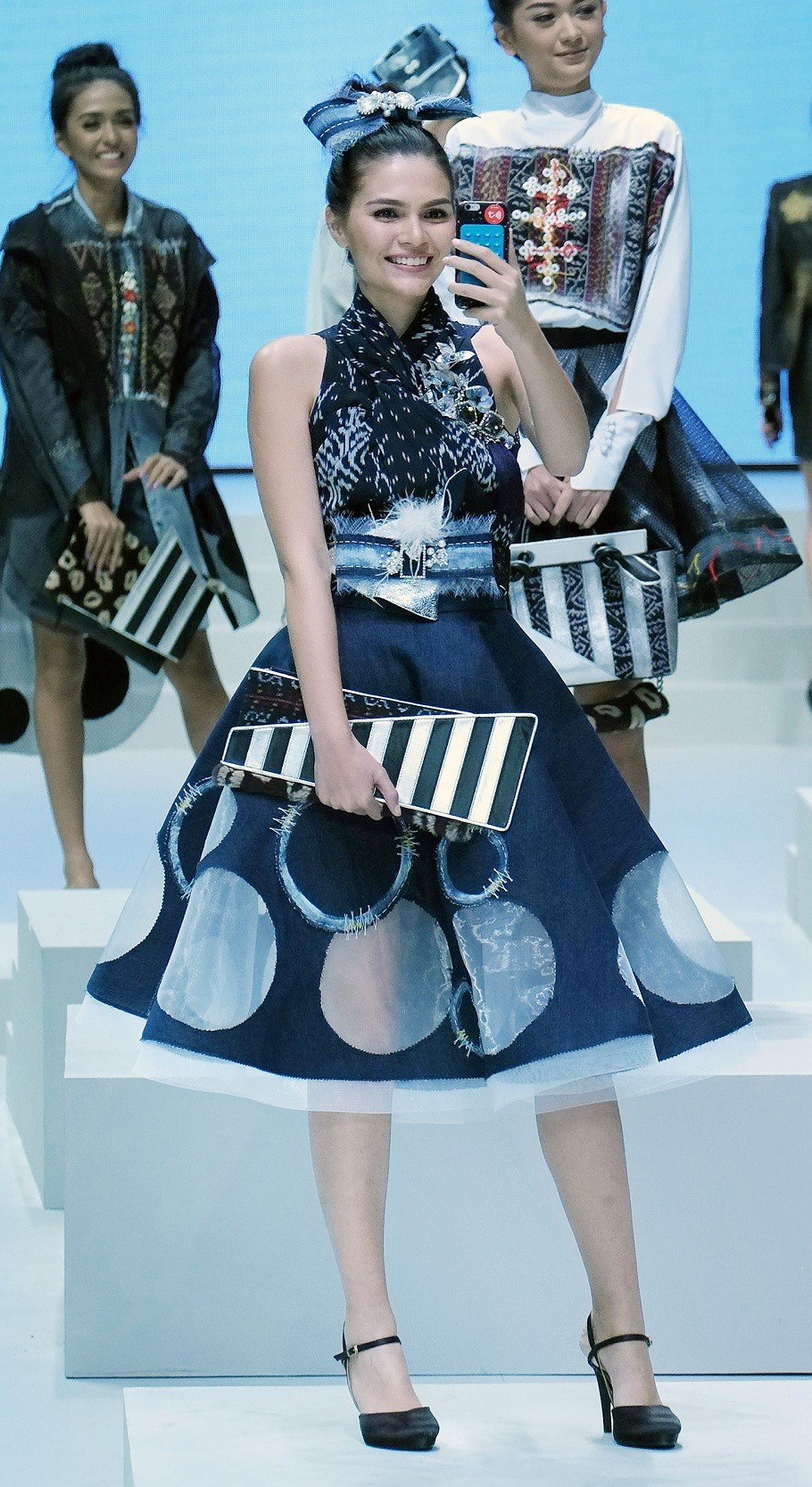
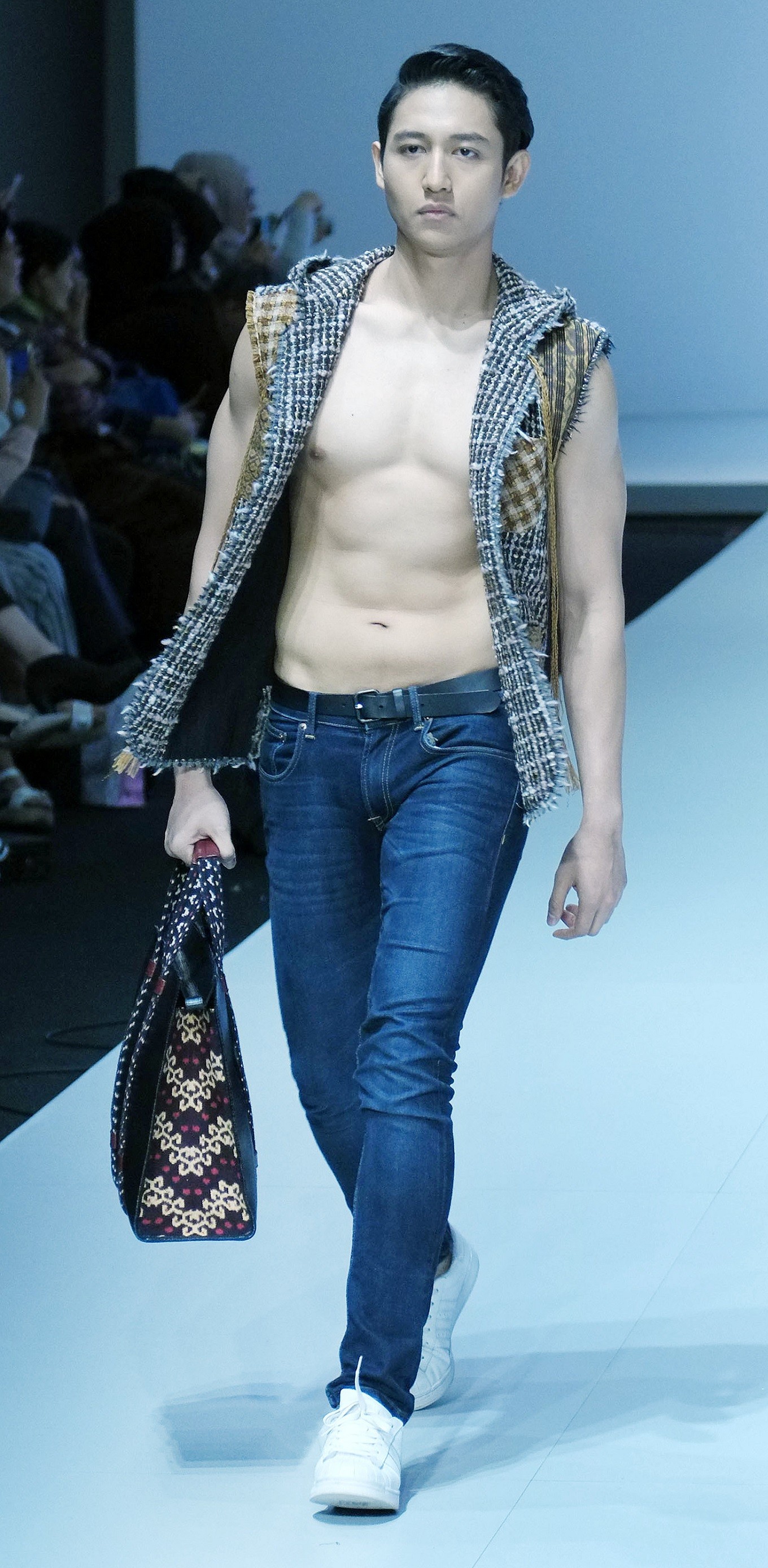
North Sumatra’s woven cloth, ulos, was the highlight of “Tenoen Etnik” (Ethnic Woven Cloth), a show sponsored by the Creative Economy Agency (Bekraf ) for six designers: Ida Royani, Jenahara, Torang Sitorus, Jeny Tjahyawati, Anne Rufaidah and Nieta Handayani.
Designers Henny Hananto and Lenny Agustin showed their creations using the woven cloth of Kediri in East Java, while the team behind Muslim wear label Si.Se.Sa, designers Lia Qonita Gholib, Yuyuk Nurmaisyah, Ade Listyani, Savitri, Iva Lativah, Erin Ugaru, Rya Baraba and Lia Soraya showed their ability to create luxurious looks out of batik. Muslim wear label Shafira took the inspiration for its Bungo Nagari collection from the varied embroidery techniques of Bukittinggi, West Sumatra.
The ready-to-wear collection showcased the delicate sulam bayang (shadow embroidery) and sulam suji, which can be recognized from the color gradation of motifs influenced by Chinese embroidery.
Read also: Peranakan culture: Major influence on batik, fashion
In collaboration with the Kudus city administration, designers Ivan Gunawan, Rudy Chandra, Ariy Arka and Defrico Audy lent their hands in developing the traditional embroidery kerancang gunting craft by modifying the motifs and the techniques.
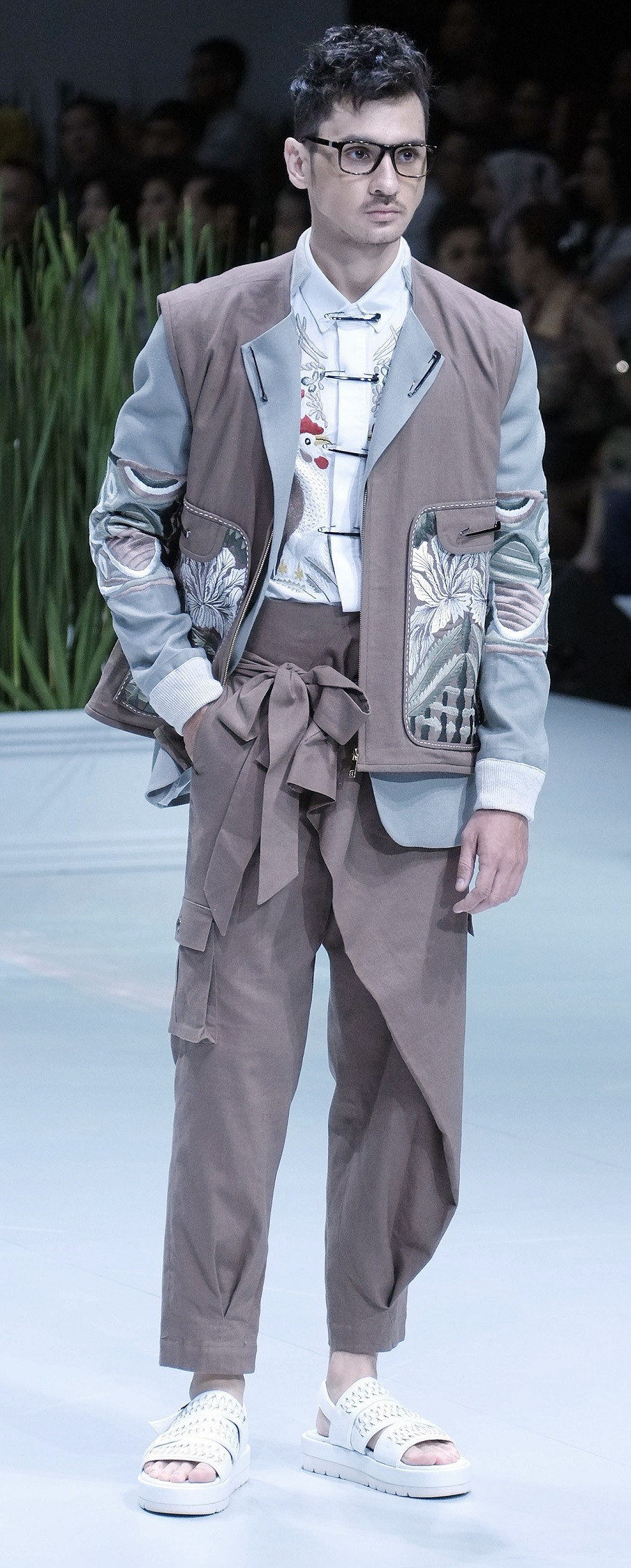
Ariy Arka designed unique landscape motifs with red-crested rooster as its centerpiece. His male fashion design that took the runway titled “Muria Savannah” — the tourist destination of Kudus — led him to win the Best Designer award at the closing day of IFW.
Lively shows came from artists that had ventured into the fashion business over the past few years. Actor and TV personality Raffi Ahmad presented his denim label RA Jeans, bringing topless male models, Parkour practitioners and body builders to the runway. Meanwhile, radio announcer and actress Asri Welas brought the hip-hop street scene, comedians, actors and rappers to present her 1980s style of batik wear.
The closing show, sponsored by Mandiri Art — a program from the state bank to develop the creative industry — showcased the latest collection of Indonesian top designers and guest designers from India and Malaysia.
Poppy Dharsono, Musa Wdyatmodjo and Malaysian Rezza Shah designed menswear, while the remaining eight designers added more interesting selections to women’s wear.
Itang Yunasz came up with simple and minimalist silhouette designed for modest wear but also fit for non-hijab fashion, while Ayu Dyah Andari created Muslim wear embellished with embroidery. Indian designers Mrinalini and Gaurav Jai Gupta came up with their ideas of sustainable fashion, developing light and airy fabric into sophisticated wear, while Malaysian Jovian Mandagie brought the allwhite bridal look of his latest collection.
APPMI co-founder Poppy Dharsono, who chaired Indonesia Fashion Week, told the closing ceremony attended by government officials and foreign ambassadors that the five-day event had seen 121,000 visitors and booked Rp 82.4 billion (US$6.18 million) in transactions at over 250 exhibitor booths.
“The success of the event shows that cultures and the fashion industry are inseparable, just like two sides of a coin. We at APPMI believe that the Indonesia fashion industry can reach the international market as long as we develop our own cultures,” she said.


